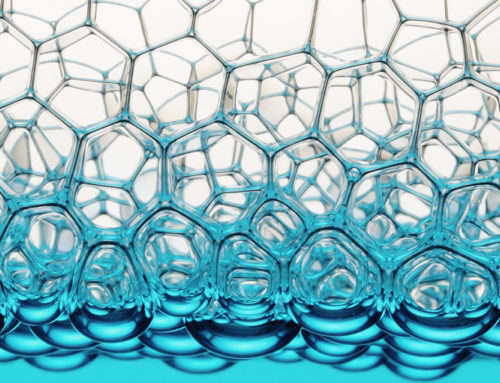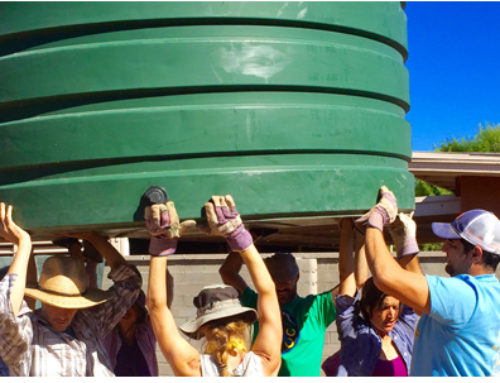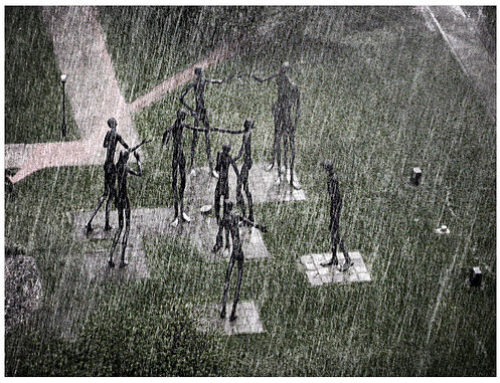-
Little by little alternative water sources, such as graywater (also spelled ‘greywater’) are coming to the attention of people across the country. The US has been behind other countries such as Australia, New Zealand and across Europe in adopting progressive graywater practices. Looks like Philadelphia just discovered the gold…I mean, the gray! (Thanks to David Issacson of Water Wise Consulting for suggesting this article.)
Love that dirty water: Scientists find low-tech way to recycle H2O
Horticulturists at Pennsylvania State University have come up with a low-cost, green method for recycling so-called “gray” water – the stuff from sinks, showers and washing machines that would otherwise go down the drain.
They filter the water through some plant roots and layers of crushed stone, peat moss and waste materials – making it clean enough to reuse for growing vegetables or flushing toilets – but not for drinking.
Using gray water is generally not allowed in the United States, but some states have explored the idea. The Penn State researchers hope their data – which show such biofilters can remove almost all suspended solids, nitrogen compounds and other pollutants from gray water – might lead to greater acceptance.
Meanwhile, such filters could be used in poor nations that lack adequate water for sanitation and irrigation, said Robert D. Berghage, associate professor of horticulture.
Robert Cameron, the doctoral student on the project, presented the research this month at a sustainable-farming meeting in Cuba.
The system consists of two plastic pipes filled with layers of porous rocks, soil, crumbs from discarded tires, composted cow manure and peat moss. Vegetables and other plants are planted in holes along the sides of the pipes.
The pipes stand in a basin with still more plants – papyrus and horsetail reed – whose roots support microbes that remove pollutants.
Each material in the pipes removes different contaminants, though the tire crumbs are there mainly as filler. Tire crumbs also contain contaminants, but tests showed they are not released into the water, Berghage says.
With enough treatment, you could even drink water that goes through such filters, Berghage says. He admits that this wouldn’t gain wide acceptance, even though drinking-water plants already treat water from rivers that receive treated waste.
“Most of us have this sort of aversion to drinking treated wastewater,” he says, “even though much of the time we’re doing it anyway.”
– Tom Avril






